-
Earth Science Journal!
Pangaea!
Take informal notes on the following information.
Be sure to write down the information in your own words.Alfred Wegener

Alfred Wegener proposed his theory of Continental Drift in 1912. Below is some of the evidence that Wegener found in the early 1900s. It is important to note that today, there is much more evidence showing that Wegener was indeed correct about the basis of his theory, even though he could not explain the mechanism that drives this motion.
Are giraffes native to Wilson?
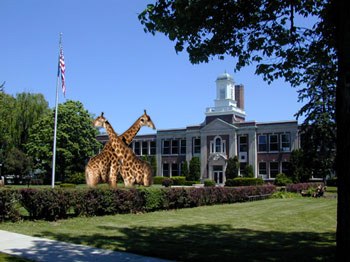
It would be pretty strange to see a giraffe looking in our window!
If we look at the animals and plants alive today on separate continents, we can understand how isolation will bring about different species through evolution. That is why we don’t have native lions, tigers, elephants, or kangaroos roaming the great plains of the United States. Yet trapped in the rocks over 200 million years ago are the same species of plants and animals living together on what now are separate continents. Alfred Wegener suggested that this could be possible only if those now separate continents were once together as one. He called this supercontinent Pangaea.
Have you heard of invasive species?

Giant Hogweed!
Check out these invasive species!
https://www.invasivespeciesinfo.gov/subject/lists
Can you think of any other invasive species?
If only one continent existed, invasive species from other continents would not be possible!
Wegener’s Evidence for Continental Drift
Paleo-evidence for Parts of Pangaea
1. Shape: The continents fit together like a puzzle.
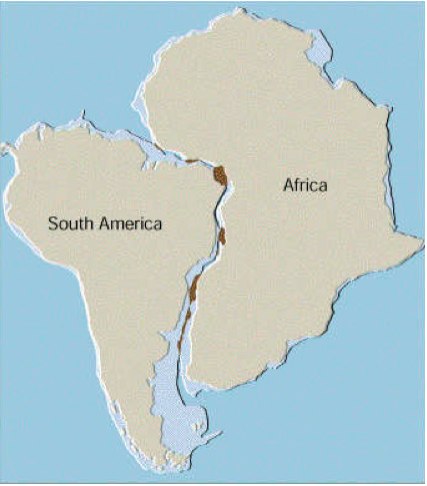
He noticed that continents even fit together better if you consider the continental shelf (part of the continent beneath sea level)!
The only places where they don't match are in river deltas, where sediment has been carried to the ocean.
2. Fossils: The following creatures' fossils were found in 200+ million-year-old rocks on continents that are separated by oceans today. Since these creatures could not swim across today's oceans to invade other lands (like lions or giraffes can not do today), Wegener suggested that the continents must have been connected at that time, so those creatures could have just migrated across the land.
These are just a very few of the many fossil correlations that Wegener found.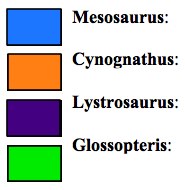
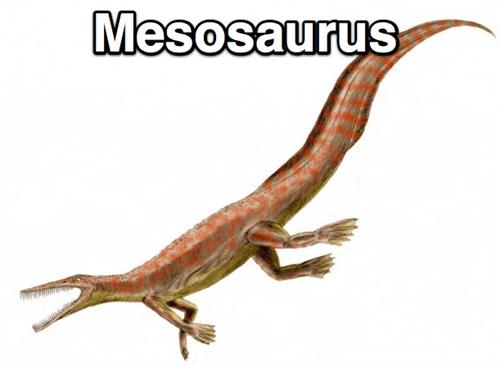
Mesosaurus: A shallow-water reptile. Wegener found mesosaurus fossils in freshwater lake sediments in South America and Africa that are about 300 million years old.
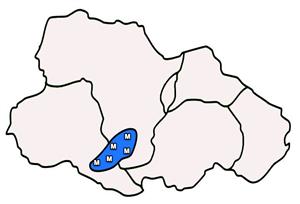
This is where Wegener found mesosaurus fossils.
This freshwater lake is now separated by the Atlantic Ocean.
The continents of South America and Africa must have been connected in order for this lake and fossils to have existed.
See this link for more info on Mesosaurus: http://en.wikipedia.org/wiki/Mesosaurus
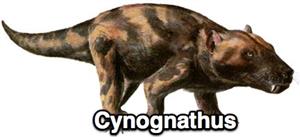
Cynognathus: a 3-foot-long mammal-like reptile.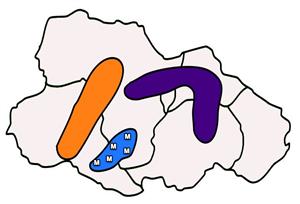
The orange area is where Wegener found fossils of Cynognathus.
Today we find Cynognathus fossils in India, Africa, South America, China, and Antarctica, but only in deeply buried rocks over 250 million years old.http://www.britannica.com/EBchecked/topic/148456/Cynognathus
http://en.wikipedia.org/wiki/CynognathusIt would not be possible for these creatures to swim across the Atlantic Ocean today.
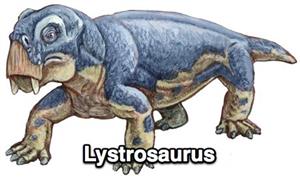
Lystrosaurus: a 3-foot-long herbivore therapsid weighing from 100-200 pounds. It had no teeth except for two tusks and a beak.

Lystrosaurus fossils are found in Africa, India, and Antarctica but only in rocks that are around 250 million years old.
http://en.wikipedia.org/wiki/LystrosaurusThis creature could not walk between Africa, India, and Antarctica unless they were connected.

Glossopteris: a tropical fossil fern that grew on average to around 12 feet tall. During the Permian period, these ferns were found on many (now separated) continents, even Antarctica. They went extinct about 250 million years ago. Ferns are most definitely not going to migrate across the ocean and do not live in Antarctica today.
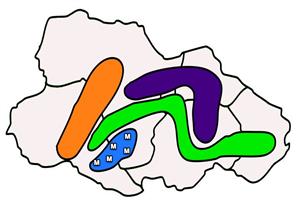
http://en.wikipedia.org/wiki/Glossopteris
3. Geology: Mountain ranges line up on different continents. Rock sequences have the same types of rock layers in the same order as the same fossils on now different continents.
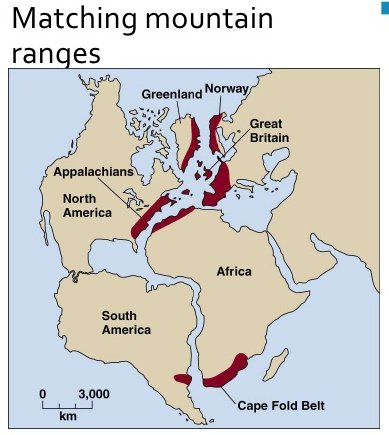
4. Climate Evidence of Continental movement: Fossil fuels like coal and oil (formed from the accumulation of mostly tropical fossil plants) are found in places that are now polar climates. This suggests that these locations were once much closer to the equator, where tropical rainforests grow today.
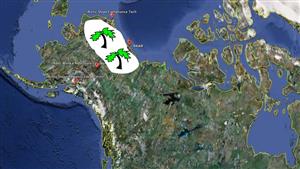
We also have cold climate features in areas that are now tropical. *Glacial deposits and features are found in today's very hot climates.
*Drumlins and striations show the direction of glacial advance (arrows).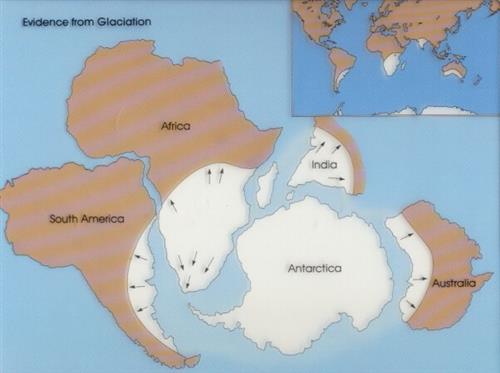
Do glaciers move from the ocean onto the land?
No!When they reach the ocean, they break up and float away like icebergs.
The only way we could achieve this glacial advance is if the continents were once together and the continental glacier spread away from a zone of accumulation across a supercontinent.
And this is only part of Pangaea!
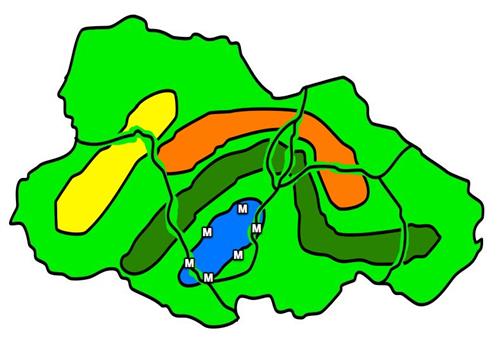
The only way this makes sense is if the continents were just one.
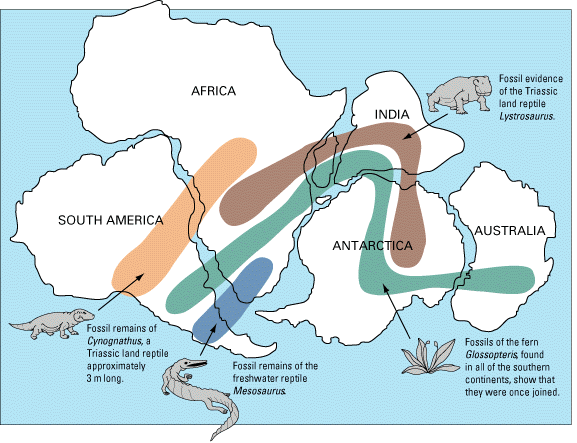
See this short film about Wegener's life.
Like your Pangaea, Wegener just gathered the evidence to conclude that they must have been together in order to have so many similarities.
Note: the same evidence applies to the northern continents.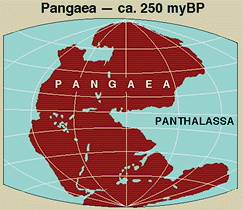
What Wegener did not know
Because Alfred Wegener did not correctly explain how Continents “DRIFTED” worldwide, his theory was ridiculed in the scientific community. At the time, we did not have the technology to explore the ocean floor's depths.
ReflectionExplain in a paragraph the evidence that Alfred Wegener found that pieced his theory of Continental Drift. Why was his theory not accepted at the time?


